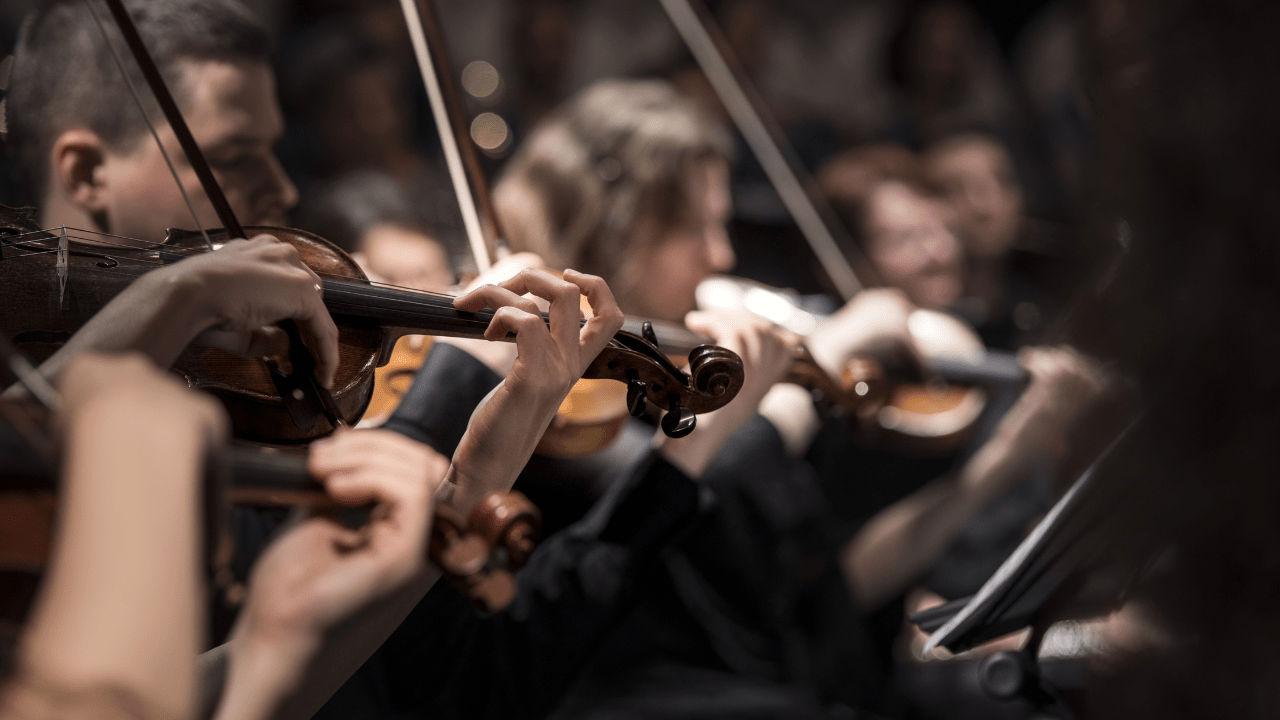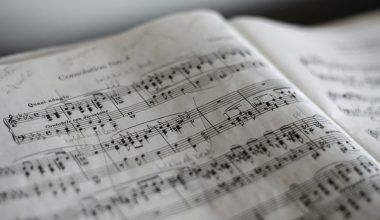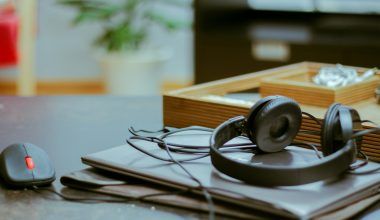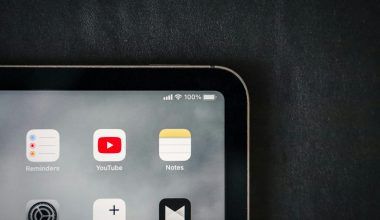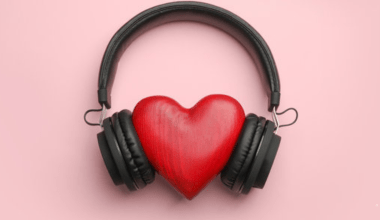Public domain music is like a gift to everyone. It’s music that anyone can use without needing permission or paying money. You can play it, record it, remix it, or even use it in a movie or video. The best part? It’s completely free!
Imagine you’re creating a video or a song, and you don’t have a big budget to buy music rights. Public domain music can save the day. This type of music is no longer protected by copyright, which means nobody owns it anymore.
Why is Public Domain Music So Special?
Using public domain music feels like finding a treasure. Here’s why:
- No Costs Involved: You don’t need to pay licensing fees or royalties. It’s perfect for low-budget projects.
- Full Creative Freedom: You can remix it, change it, or use it as it is—no restrictions!
- Supports Creativity: Public domain music opens doors for small creators, students, or anyone with a dream.
Who Can Use Public Domain Music?
Anyone can use public domain music. It’s great for:
- YouTubers: Add free background music to your videos.
- Teachers: Use music in lessons or school projects.
- Filmmakers: Create powerful movie scenes without paying for music rights.
- Musicians: Remix classical tunes and make them modern.
Public domain music is not just for professionals; even hobbyists can enjoy it.
Where Does Public Domain Music Come From?
Music usually enters the public domain when it’s very old, and its copyright expires. For example:
- In the United States, music published before 1924 is in the public domain.
- Classical composers like Beethoven, Mozart, and Bach have many works in the public domain because they lived a long time ago.
What’s the Difference Between Public Domain Music and Free Music?
It’s easy to mix up public domain music and other types of free music, but they’re different. Let’s make it simple:
- Public Domain Music: Completely free forever. You can use it however you like.
- Royalty-Free Music: You buy it once, and then you don’t have to pay every time you use it.
- Free-to-Use Music: Often free, but there might be rules like giving credit or not using it for money-making projects.
Public domain music gives you the most freedom.
Where Can You Find Public Domain Music? Let’s Explore!
Here are some great places where you can find public domain music:
- IMSLP (International Music Score Library Project): It has a huge collection of sheet music and recordings, especially for classical music.
- Mutopia Project: Perfect for those looking for free sheet music of old compositions.
- Library of Congress: Offers historical music recordings and compositions.
- Free Music Archive: Not all music here is public domain, but they have a section dedicated to it.
- Musopen: Great for downloading free public domain music and educational materials.
How to Know if Music is in the Public Domain?
Not all old music is public domain. Here are some tips to make sure:
- Check the Year: In the U.S., works published before 1924 are in the public domain.
- Research the Composer: If the composer died more than 70 years ago, their music might be public domain (rules vary by country).
- Use Trusted Websites: Always download from reliable sources like IMSLP or Musopen.
What Can You Do With Public Domain Music?
There are so many ways to use public domain music! Here are a few ideas:
- Make a Film or Video: Use it as background music for emotional or dramatic scenes.
- Create Advertisements: Classical music adds a touch of class to ads.
- Produce Podcasts: Set the tone for your show with free music.
- Learn Music: Practice playing famous pieces without spending money on sheet music.
- Remix Old Songs: Give timeless classics a modern twist.
Examples of Public Domain Music
Here are some famous pieces you can use freely:
- “Fur Elise” by Beethoven
- “The Nutcracker Suite” by Tchaikovsky
- “Canon in D” by Pachelbel
- Folk songs like “Greensleeves” and “Scarborough Fair”
These pieces are loved by millions and are waiting for you to use them creatively.
Benefits of Public Domain Music
Let’s break it down further:
1. It’s Free
No fees, no payments—just pure freedom.
2. It’s Timeless
Public domain music includes classics that are still loved today.
3. It’s Flexible
Use it in any way you like—whether for fun, school, or work.
Things to Watch Out For
While public domain music is free, you still need to be careful about a few things:
- Check New Arrangements: Some modern recordings of public domain music might still have copyright.
- Country-Specific Rules: Public domain laws vary by country, so double-check if you’re outside the U.S.
- Double-Check Sources: Always make sure the music is truly in the public domain.
Busting Myths About Public Domain Music
Let’s clear up some common misunderstandings:
- “Old Music Means Public Domain”: Not always! Check publication dates and copyrights.
- “Public Domain Music is Low Quality”: Absolutely not. Many masterpieces are in the public domain.
- “Anyone Can Use It However They Want”: True for public domain, but not for remixes or modern adaptations.
Tips for Using Public Domain Music
- Start Small: Download a single piece and try using it in a small project.
- Experiment: Remix classical works into something new.
- Learn the Rules: Stay safe by knowing the copyright laws in your region.
The Future of Public Domain Music
Every year, new music enters the public domain as copyrights expire. This means more opportunities for creators. Thanks to the internet, accessing and using public domain music has never been easier.
Final Thoughts: Public Domain Music is Your Free Partner
Whether you’re a filmmaker, a teacher, a musician, or just someone who loves music, public domain music is a fantastic resource. It’s free, easy to find, and full of creative possibilities.
So, why wait? Dive into the world of public domain music and let your imagination run wild. Use it to tell stories, create art, or just enjoy it for yourself. The best part? It’s all yours to explore without spending a rupee.
Related Articles:
For further reading, explore these related articles:
- How Do You Get Crowdfunding for Your Music or Creative Projects?
- Why Cool Album Art is Important for Musicians
- Understanding Music Mic Price and Its Role in the Music Industry
For additional resources on music marketing and distribution, visit Deliver My Tune.
